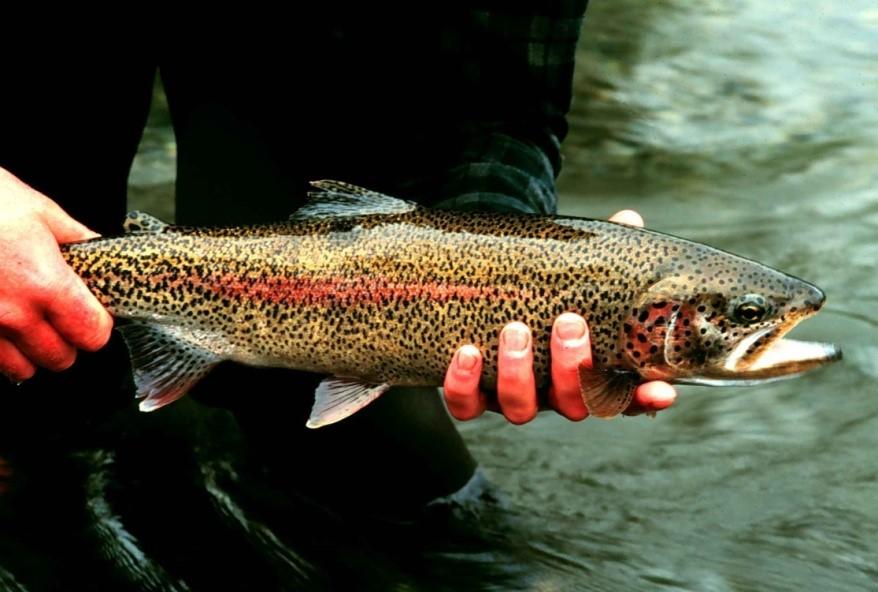Indicators: Fish Tissue Contaminants
What are fish tissue contaminants?
Chemicals discharged from urban, industrial and agricultural sources can enter waterbodies and settle in sediments. These contaminants include a wide variety of toxic chemicals including metals such as mercury, polychlorinated biphenyls (PCBs), chlordane and DDT. These chemical contaminants persist for long periods in sediments where bottom-dwelling animals accumulate and pass them up the food chain to fish. Levels of these contaminants may increase as they move up the food chain, so top predators in a food chain (such as largemouth bass or walleye) may have levels several orders of magnitude higher than the water. They then pose a health risk to people and animals that consume them.

Why is it important to measure fish tissue contaminants?
It is important to sample fish tissue as well as biological, physical and chemical indicators of water quality to get a complete picture of waterbody health. States issue consumption advisories and restrictions for specific fish species and waterbodies when sampling results indicate elevated concentrations of contaminants. These fish consumption advisories protect people from the potential health risks of eating contaminated fish caught in local waters.
What can fish tissue contaminants tell us about the condition of water?
Levels of fish tissue contamination are important indicators of the health of waterbodies and the risk to humans of consuming fish. Areas with high levels of fish tissue contamination may have been subjected to current or past toxic discharges or spills from industrial, urban and agricultural sources. Mercury, which is prevalent in fish and shellfish, can also enter waters via atmospheric deposition from volcanic action or from distant coal-burning power plants or hazardous waste incineration.
